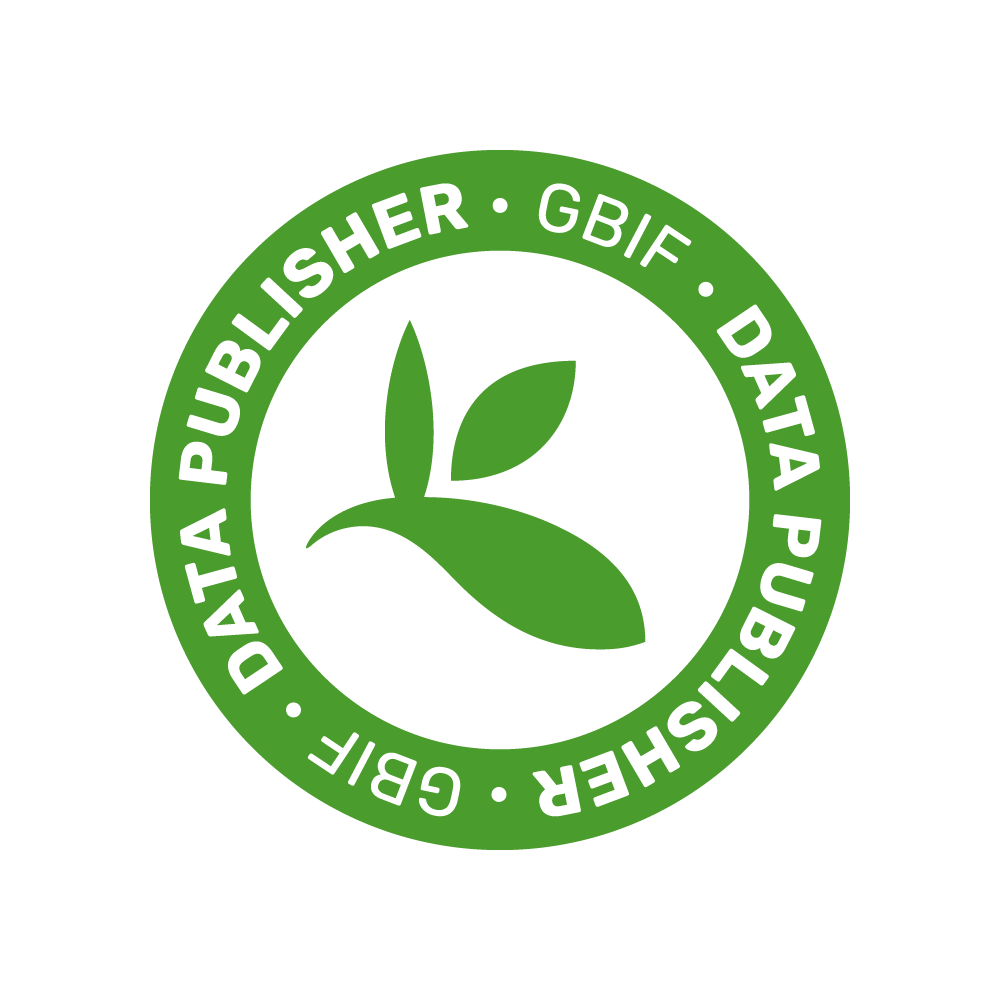|
Description
|
Plant adaptation to changing environment represents a major goal for the future. Species growing on marginal lands offer the chance toselect favorable traits for plant survival. Plant varieties with increased tolerance to abiotic stresses are and will be crucial to maintain cropproductivity under the ongoing global climate change in a sustainable way, and are central for the EU transition to a fair, healthy and environmental friendly agriculture as pursued by the European Green Deal. In this context, lignocellulosic and biomass plant species such as the monocot giant reed (Arundo donax) and the dicot cultivated cardoon (Cynara cardunculus var. altilis) are sustainable, low-input sources of raw materials for green chemistry, given their vigorous growth also under environmental stresses. Both species have been investigated for their molecular and biochemical behavior under salt stress and previous work allowed selection of three giant reed ecotypes and two cultivated cardoon lines with differential response to NaCl treatment. However, little is known about global metabolic changes in response to salinity in this two species. To fill this gap, the selected giant reed ecotypes and cultivated cardoon lines were subjected to saline treatments of 21 days at 150mM NaCl for A. donax and 2 and 21 days at 100mM NaCl for cultivated cardoon in controlled conditions in hydroponics, and plant tissue samples were collected and flash frozen in N2 for further analyses. Moreover, salt- or cold-stressed cardoon calli were produced and sampled. The objective of this proposal is to understand the global metabolic changes in response to NaCl stress in lignocellulosic crops. Comparison of a monocot vs a dicot species will elucidate possible differences associated to salinity tolerance. Moreover, the availability of different tissues will allow comparison of the metabolomes of tissues experiencing the high NaCl environment either directly (roots) or systemically (stems and leaves). In addiction the metabolomics results will clarify whether salt stress can elicit production of valuable building block compounds or of bioactive molecules. Moreover, for cardoon we aim to investigate the metabolic stress response independent of tissue organization by studying cardoon leaf-derived calli. Finally, cardoon calli will also be utilized to elucidate metabolic differences between responses to salt stress, having osmotic and ionic disequilibrium effects, and to chilling stress, also sharing osmotic constraints but lacking ion toxicity |




